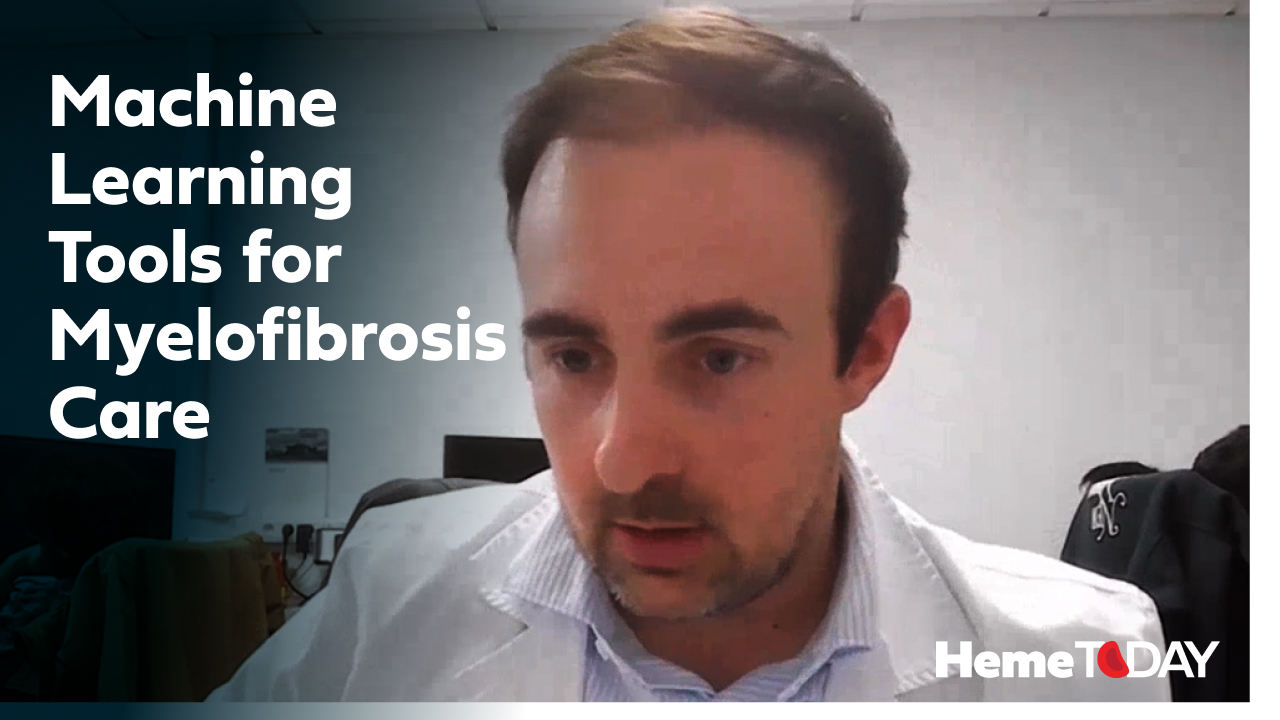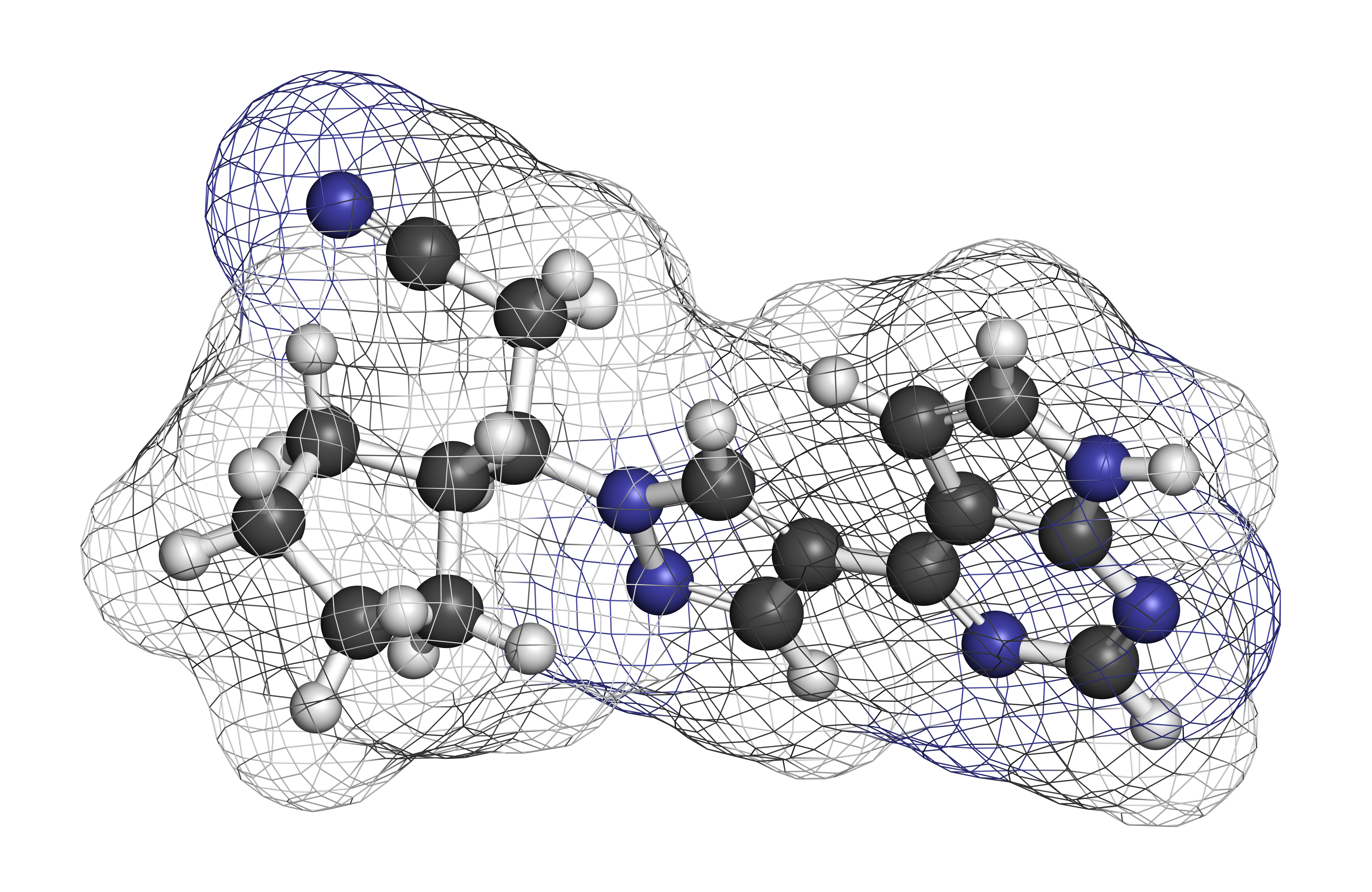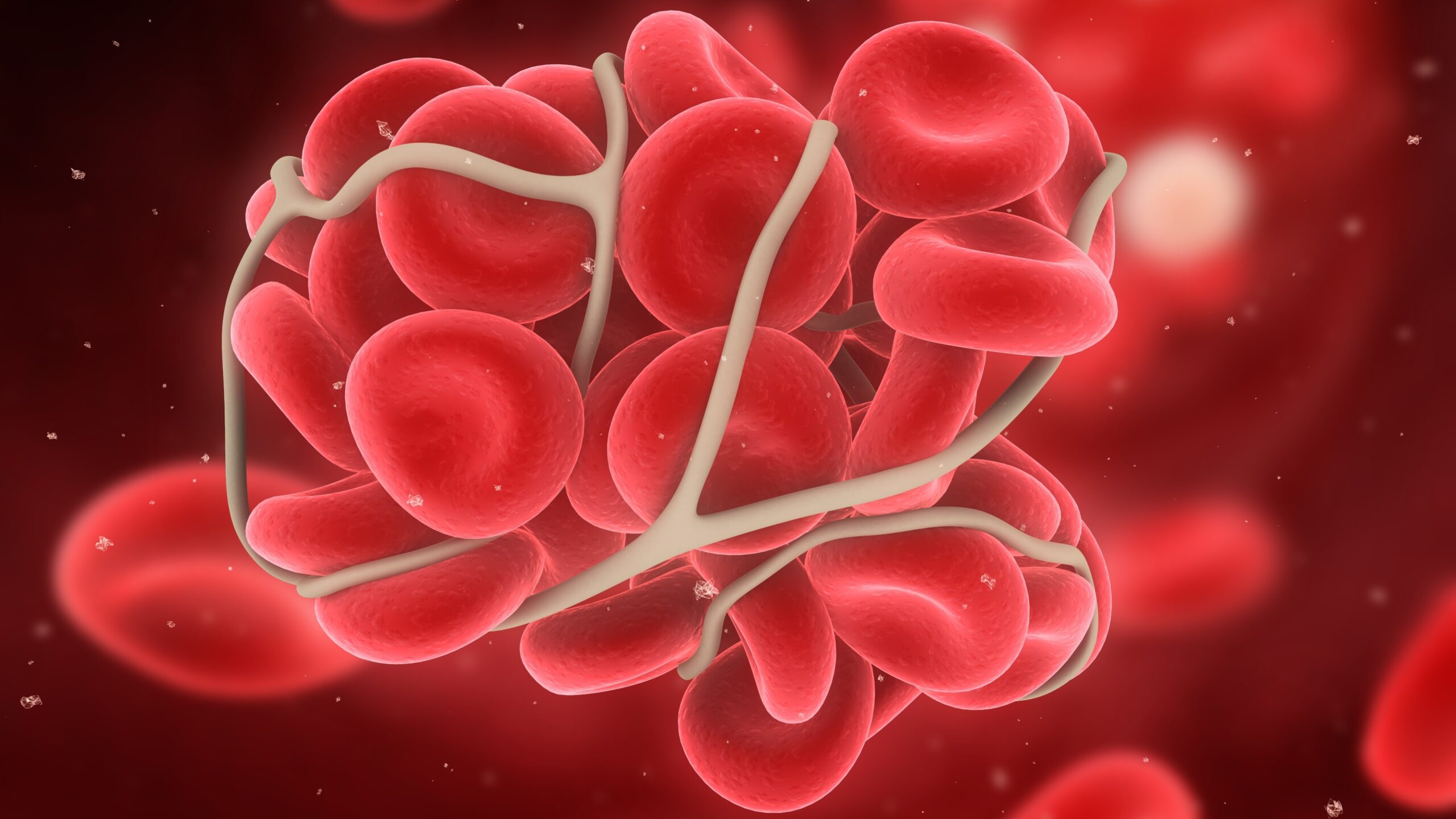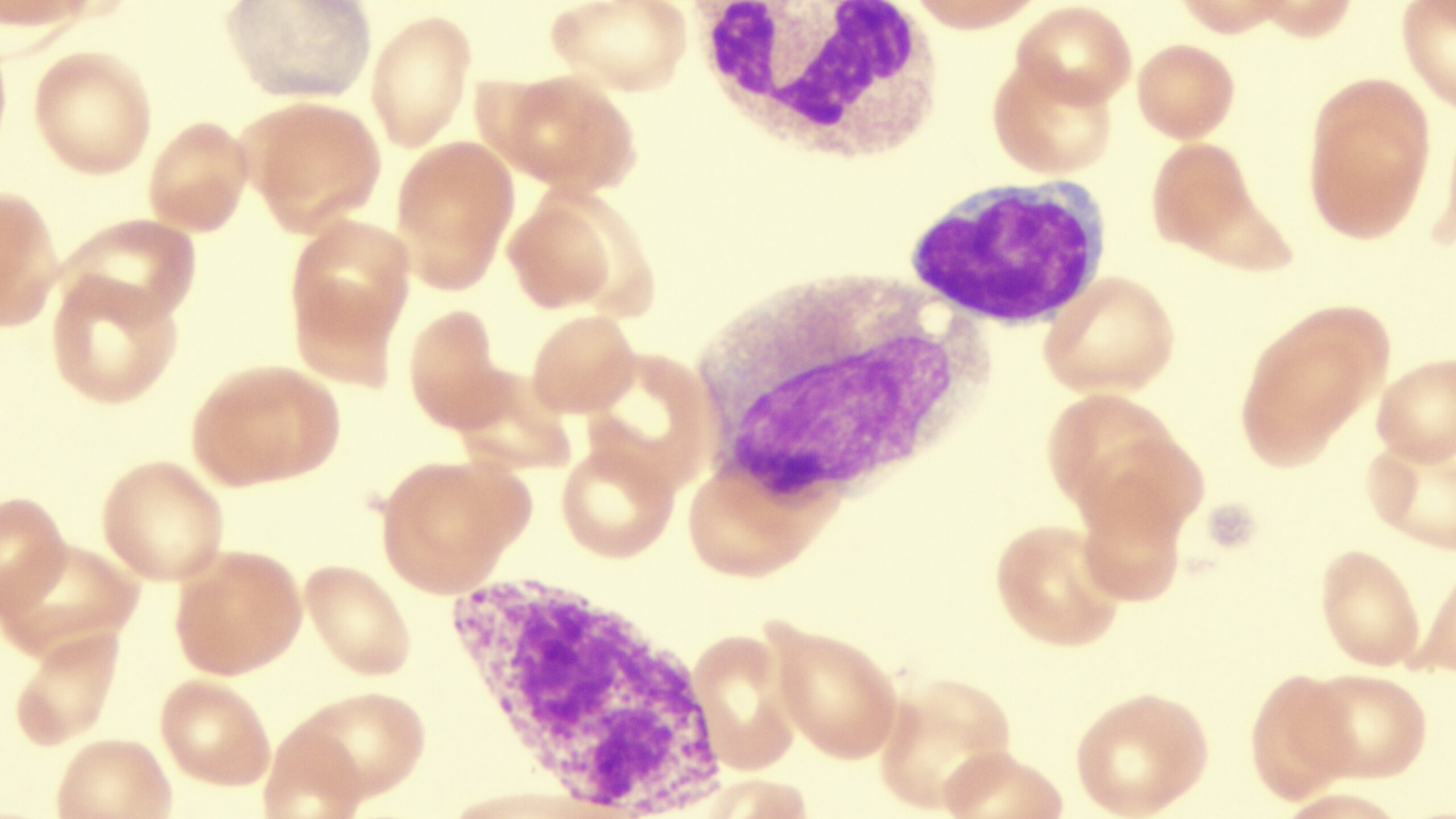
In patients who have myelofibrosis with intolerance or lack of response to ruxolitinib, fedratinib is a promising second-line intervention to reduce spleen size. This was the major takeaway from the primary analysis of the international phase III FREEDOM2 trial, recently published in The Lancet Haematology.
For clinicians in this clinical setting, FREEDOM2 also “shows effective strategies for management of gastrointestinal adverse events and low thiamine concentrations through prophylaxis, monitoring, and treatment,” wrote lead study author Claire N Harrison, MD, of the Guy’s and St Thomas’ NHS Foundation Trust in the United Kingdom.
The enrolled cohort in this open-label, controlled trial was 201 adult patients with intermediate- or high-risk myelofibrosis who had relapsed or were refractory or intolerant to ruxolitinib therapy. 134 patients were randomly assigned to receive oral fedratinib at 400 mg once daily and 67 received best available therapy. Of the patients on fedratinib, 56% were male and 79% were White, and of the patients on best available therapy, 45% were male and 87% were White.
At data cutoff in the trial, the median survival follow-up for the two treatment groups was 64.5 weeks. By the end of cycle 6, a spleen volume reduction of at least 35% had been accomplished by 36% of the patients on fedratinib and 6% of the patients on best available therapy (one-sided P<.0001).
During the first six cycles, grade 3 or worse treatment-related adverse events occurred in 40% of the fedratinib group and 12% of the best available therapy group. The most common were anemia, affecting 9% of the fedratinib group and 9% of the best available therapy group, and thrombocytopenia, affecting 12% of the fedratinib group and 3% of the best available therapy group.
Patients on fedratinib had gastrointestinal adverse events more often than patients on best available therapy, but Dr. Harrison noted these “were mostly grade 1–2 in severity and more frequent in early cycles, and were less frequent than in prior clinical trials.”
On laboratory assessment, 21% of patients in the fedratinib group and 4% of patients in the best available therapy group had thiamine levels below lower limit of normal. One patient on fedratinib continued to have low thiamine after prophylactic thiamine supplementation.
There were no treatment-related mortalities among the patients who received best available therapy. There was one mortality in the fedratinib group due to acute kidney injury suspected to be related to study drug.
Patient follow-up in FREEDOM2 is ongoing. The trial was funded by Bristol Myers Squibb.
Reference
Harrison CN, Mesa R, Talpaz M, et al. Efficacy and safety of fedratinib in patients with myelofibrosis previously treated with ruxolitinib (FREEDOM2): results from a multicentre, open-label, randomised, controlled, phase 3 trial. Lancet Haematol. doi:10.1016/S2352-3026(24)00212-6







 © 2025 Mashup Media, LLC, a Formedics Property. All Rights Reserved.
© 2025 Mashup Media, LLC, a Formedics Property. All Rights Reserved.